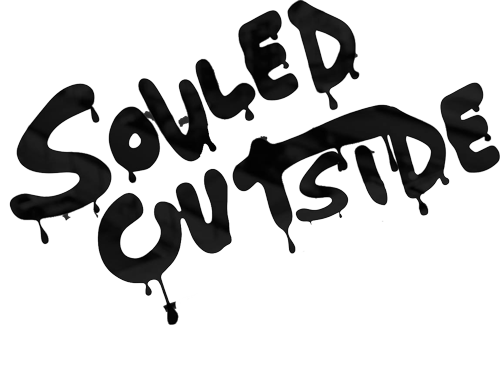“Okay. Deep breathe. Take one step. Take two. You’re a pro. You can do this.”
At the top of a Mayan ruin a half-mile from the Guatemalan border, I had an epiphany.
I’ve been off of the road for over 90 days, sidelined by an arm broken so badly that even the x-ray technicians seemed shocked. An ATV wreck in November shattered my upper left arm, essentially turning a gigantic humerus bone into three smaller bones held together by tissue.
Imagine the feeling of your leg falling asleep, only it never wakes up.
That’s what I was dealing with in November. The subsequent weeks saw me opt out of surgery in favor of a more natural, long-term healing process. The upside? No risk of nerve damage to my hand. I would be able to write again. The down side? Healing takes a long, long time. Expeditions to Uruguay and Denmark fell by the wayside as I transitioned from a cast into a brace, and went from a zero percent range of motion to about 90-percent. Though I wasn’t fully healed when I booked this trip to Belize, I wasn’t going to let another opportunity to travel go unanswered. I was not going to let this injury rule my life anymore. At least, that was the plan.
I would head to Belize, just a two hour flight from Houston, and spend a few days hiking through the rainforest, exploring the subterranean home of the Mayan death gods, and make a go at a day of fly fishing on the coast as the guest of the Belize Tourism Board.
But self doubt can creep into your mind in the best of circumstances.
Actun Tunichil Muknal—locally known as ATM—is a subterranean cave pulled from the script of Indiana Jones, only it’s not fiction. People really died there, and there really is an ancient monkey artifact inside. Access to ATM comes via a swim across a subterranean river, and several hours of further hiking will take you to to home of the Mayan death gods. ATM still contains alters, pottery, and the skeletons thought to have been used in ritual burials and sacrifices. Access is limited to special tour groups, and photography without a permit is strictly prohibited.
ATM is exactly the type of place that I like to go. I’d been dreaming about the cave and its skeletal remains for months; but as the sun set over my first day in Belize, I realized I wouldn’t be going there.
“There’s some scrambling involved,” I’d been told by another group of travelers at dinner. “You’ll need to jump, pull yourself up, and climb over some boulders.”
That’s when my heart sank. I knew I wasn’t ready. X-ray’s taken just two days before my trip revealed a surprising scene. Though I’d regained most of my arm’s mobility, it was nowhere near healed. Doctors cleared me to swim and hike, but only with a brace. Climbing of any kind was off limits. And I could forget about jumping or anything that might result in falling as well. I’d hoped to get by at ATM with an easy swim across the river guarding its entrance. I desperately wanted to see those skeletons, but with the option suddenly off of the table, it was time to find a new adventure on the fly.
Xunantunich

The main temple at Xunantunich, dubbed el Castillo, is an overwhelming site.
“It means stone lady,” Ramon said. Ramon was my tourism board-assigned guide. He’d spent over 20 years wandering the ruins of his home country, and the story of Xunantunich’s history floating through the air around its ruins. “A villager was hunting here over a hundred years ago, and he saw a beautiful woman in the ruins. She was dressed in Mayan clothing and appeared as white as the stone. She startled him so much that he dropped his gun and ran back to the village. When he returned with the village priest, they found his gun but the lady was gone.”
Suddenly, this place seemed more my speed.
“Over the years, other people would come up here and see the lady, and she would always disappear into the stone.”
And so we had it. Not the home of the death gods, but a ghost story, nonetheless.
Xunantunich is one of several partially excavated Mayan cities in the western portion of Belize. The largest, Caracol, held over 100,000 people. Xunantunich is a smaller cousin, having hosted about 10,000 at its peak. Its ruins are impressive, all the same. For more than 1,100 years, the limestone temples and structures here were taken back by the jungle. What man had carved by hand, nature took back by wind, water, and seed. By the time British archeologists discovered the site in the 1890’s, Xunantunich resembled little more than a set of hills.
And yet, it was here that archeologists uncovered one of the largest undisturbed Mayan tombs found in the last century. Hidden inside one of the temples-turned hills-turned temples once more, laid the body of a 20 to 30 year old male. It was surrounded by ceramics, jade pearls, animal bones, and obsidian weapons, and it contained hieroglyphics that helped solve one of the ancient Mayan’s most enduring mysteries.
The body was found within site of where I was standing. Not below ground, but above.
Ramon wasn’t the only person joining me at Xunantunich. The site is easily accessible for tourists who venture into the western portion of Belize, and people of all sizes, ages, and shapes had joined us there. As Ramon and I began the steep descent from the top of the largest temple, I spied an elderly woman making her way across the plaza. She was walking with a cane. She was alone.
Death gods be damned, I realized. Anyone can find a place to get Souled Outside.

Restored carvings at Xunantunich









